The Government has published a report that outlines the enablers and barriers to electric van adoption.
It is based on research by the Transport Research Laboratry (TRL), commissioned by the Government to better understand the driving and charging patterns of van fleets, and the barriers to uptake of electric vans and smart charging technology.
The research included a survey with van fleet operators, interviews with van fleet operators and interviews with van drivers. Participants worked for businesses in a variety of sectors and locations. The fleets ranged in size from two to 55,203. The sample was weighted towards those who operated or drove electric vans but, as a point of comparison, also included those who did not.
Overall, the operators and drivers who participated in this research were supportive of electric vans in theory. Despite this positive outlook, and the fact that some research participants had adopted electric vans, several barriers to uptake were found.
Many research participants reported that the electric van models currently available don’t provide the ability to travel the daily distances required without being re-charged during the working shift.
Operators were reluctant to change their operational model to account for this additional charging time. Some research participants were unsure whether the advertised range of vans was accurate for their payloads, and a few reported struggling to access demonstrator vehicles to test this for themselves.
Operators included in the research who had adopted electric vans tended to run businesses which required shorter drive distance per shift and/or where drive distances were more consistent. It appeared that those who drove more varying distances between shifts were less likely to have adopted electric vans. This can be interpreted in terms of distance and variability – operators feel more confident adopting electric vans when they are more certain that the distance driven per shift falls within the range of the vehicle.
It was notable that operators included in this research who had adopted electric vans tended to have done so for only part of their fleet. This seemed to be because they had different types of operations within the business, and electric vans were deemed suitable for those driving the shorter and/or less variable routes – but not for other routes.
As well as the perception that the range of vehicles was not always reported to be suitable for business needs, research participants felt that there isn’t currently a cost-effective and feasible way to charge electric vehicles. Many don’t use a back-to-depot model which means that they would be reliant on public charging. Some felt that public charging is expensive and would negate any cost savings achieved by the overall lower cost of electricity compared to petrol or diesel.
Other challenges included a perception that charge points for business vehicles are hard to find, may not be in working order, may not be suitable for large vans and may require waiting for long periods of time. All of these issues would directly impact their ability to operate effectively and deliver the service they desired. These challenges with public charging meant that many are waiting on improved vehicle range before adopting.
Even with larger ranges, home-charging and depot-charging posed some challenges. Home charging was not always possible or practical for the operators and drivers included in this research.
Many drivers reported that installing a charge point at their home would not be feasible, and operators were worried about some of the practicalities around ownership of and responsibility for charge points, along with reimbursement processes.
Those who did operate a back-to-depot model faced fewer challenges in this area. However, the cost of installing charging infrastructure at depots was still reported to be a barrier. Despite some awareness of the Workplace Charging Scheme and EV Infrastructure grants, operators cited the cost of large upgrades to site power supplies to be a barrier. They reported that they struggled to quantify and justify the large upfront expenditure.
Some reported that adopting electric vans felt complex and daunting – many indicated that they were unsure where to begin and who to trust for advice. Some felt that they were having to navigate this new area alone, with little joined-up approach between business and within regions.
Recommendations
To overcome these barriers, the report suggests industry, Government and Local Authorities should consider the following recommendations:
- Support vehicle manufacturers to improve vehicle range technology, for example by continuing the Faraday Battery Challenge funding and introducing the Zero Emission Vehicle mandate to stimulate investment.
- Continue to mandate the use of shared, real-time charge point data to provide functional charge point availability updates and encourage charge point operators to go further by sharing wait times and space size.
- Consider expanding existing grants (e.g., Electric Vehicle Infrastructure grant) or creating new ones to cover the upgrading of power supply to business sites (e.g., new substations), as well as raising awareness of these grants.
- Commission work to validate and develop potential business models around shared private charging facilities, which could inform the development of a blueprint for this type of facility.
- Help guide operators and fill knowledge gaps on adopting electric vans (e.g., around infrastructure upgrades / home-charging approach).
- Consider reserving some public charge points for commercial vehicles only (no private vehicles) as is the case with kerbside bays which are reserved for commercial vehicles loading/unloading only.
- Create a knowledge-sharing community – potentially facilitated by trade associations – to encourage operators who have upgraded infrastructure to share their experiences and learnings.
- Explore the merits of an updated Worldwide Harmonised Light Vehicle Test Procedure for commercial vehicles to improve the validity of range data. Original equipment manufacturers could benefit from market advantages by carrying out testing with different payloads and releasing the resulting data to operators.
- Original equipment manufacturers and trade associations should work together to make demonstrator vehicles more readily available across business (customer) sizes

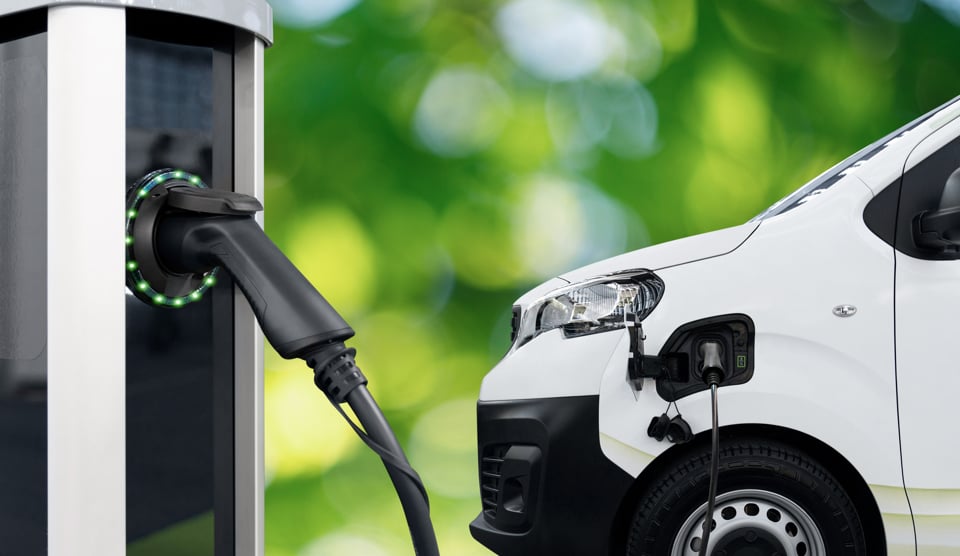



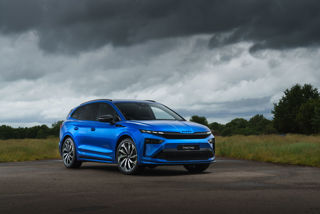
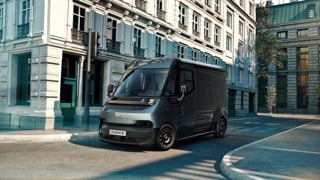

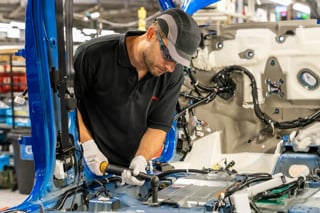
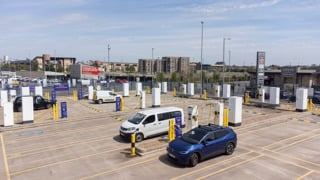












Login to comment
Comments
No comments have been made yet.